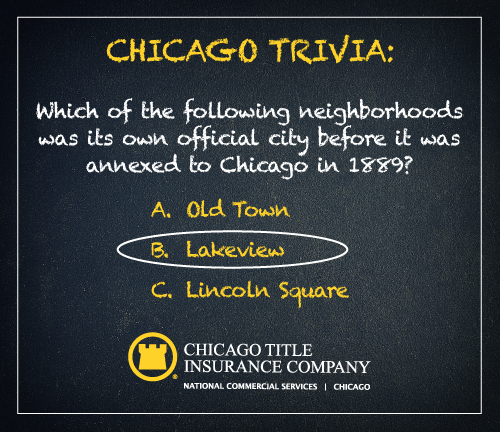To download the article, click HERE.
Introduction
A power of attorney (“POA”) can be granted when an individual, referred to as a principal, appoints another individual, known as an agent, to act on his behalf. Usually this occurs when the principal cannot attend or carry out a specific purpose for himself. (“POA’s”) are granted in Illinois under 755 ILCS 45-1-1 et seq.
Types of Powers of Attorney
There are two types of POA:
- Statutory (“POA’s”), a model form of which is set forth in the Illinois (“POA”) Act; and
- Non-statutory (“POA’s”), which are all other types.
Statutory Form v. Non-Statutory Form
The difference between the two is that statutory (“POA’s”) can be used after the incapacitation or incompetency of the principal; a non-statutory cannot. However, neither statutory nor non-statutory (“POA’s”) survive the death of the principal.
Statutory (“POA’s”) can be limited in time. A principal can include a termination date or state that they do not want the (“POA”) to survive the incompetency of the principal. A statutory (“POA”) may thus state a beginning and/or end date.
Powers of Attorney and the Elderly
If a (“POA”) is being used for an elderly principal in the mortgage or sale of property, it is important to find out whether the principal is incapacitated or incompetent. There is also a concern about possible elder abuse or fraud. If the principal is incompetent, a title company can only rely on the (“POA”) if it was executed before the principal became incompetent.
Specified Powers
If a (“POA”) is being used for a person’s property, the title company must confirm that the powers granted or described are those for which the (“POA”) is being used. For example, if the principal is taking out a mortgage, the following powers should be permitted to the agent: “borrowing transactions” and “real estate transactions”. The powers granted to the agent must be specific. Any powers not granted can be struck out from the statutory form.
Requirements for a Power of Attorney
Every (“POA”) (statutory and non-statutory) must meet the following requirements:




